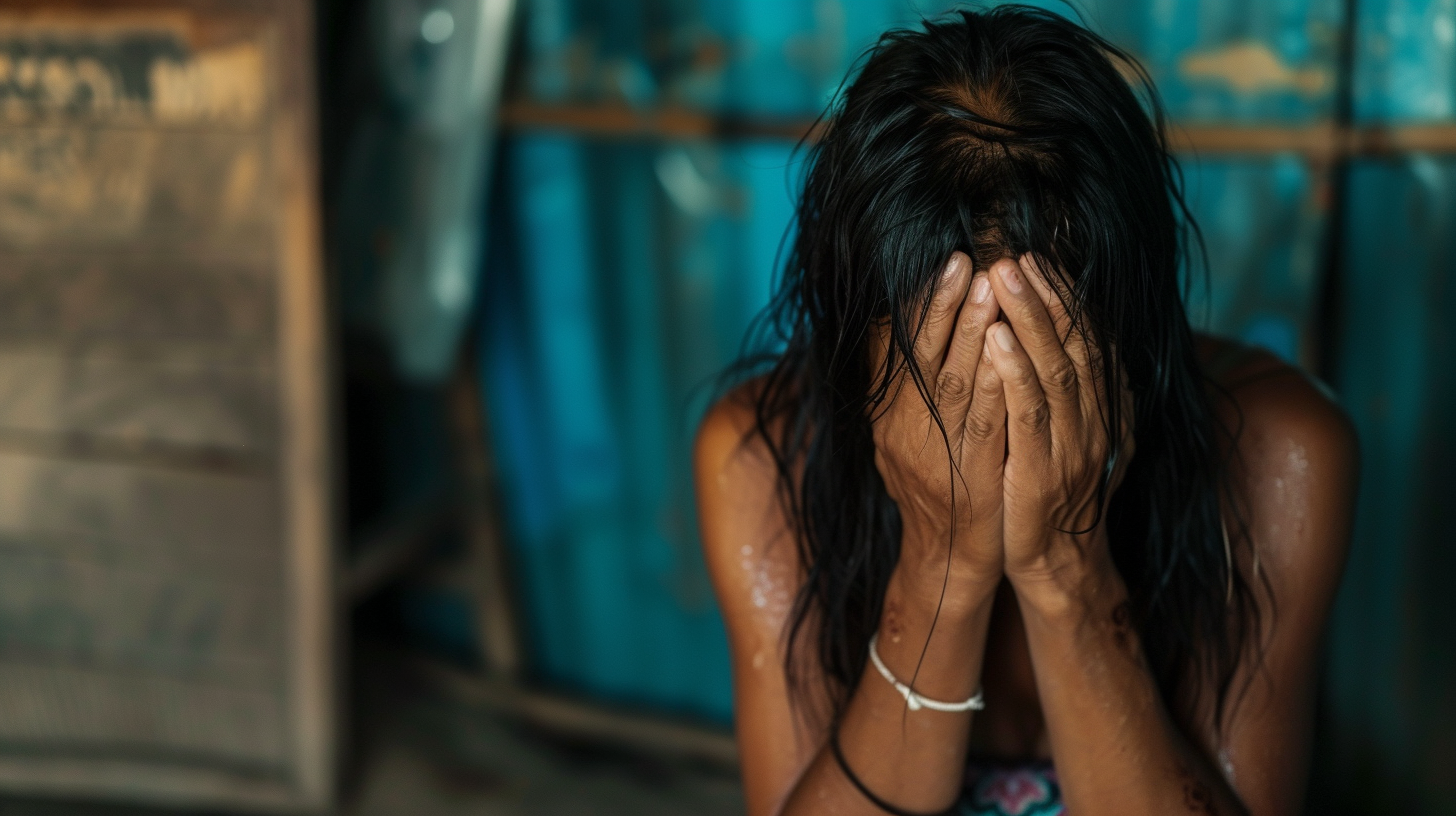Rise in Attacks on Female Students Alarms Authorities
In a disturbing trend, police have reported an alarming increase in violent crimes against young female students, including rapes and brutal killings, over the past month. The vulnerability of students living away from their families has come into sharp focus as many victims, primarily in their teens, have been targeted in their own residences.
In a span of three weeks, two female students were tragically murdered and assaulted in their apartments, crimes that have underscored the dire security challenges facing young women in educational communities. “There are no places considered safe for girl students – even their own rooms,” one officer remarked, highlighting the severity of the threat.
One of the victims, 20-year-old Naritsa Maneeprasit from Khuan Khanun Industrial and Community Education College in Phatthalung, was discovered in her bedroom, having been strangled with an electrical cord after an assault. Naritsa lived alone in an apartment across from her school, illustrating the risks faced by students residing independently.
In a related case, police apprehended 29-year-old Thammachai Panfak, suspected of strangling and robbing a junior student from Suan Sunandha Rajabhat University in Bangkok the previous year. Panfak, who had a criminal record for drug dealing and had served time in jail, confessed to murdering 21-year-old Panupan Jansing for her possessions.
Another harrowing incident involved Saranya Chuaykrajang, a 20-year-old student from Rajamagala University of Technology Phra Nakhon, who was raped and murdered by a construction worker, Ranong Buapan, near her home in Taling Chan district. Buapan admitted to the crime, adding to the string of violent acts against female students.
Criminology expert Amorn Wanichwiwatana of Chulalongkorn University pointed out the risks associated with the trend of teenagers choosing to live in dormitories or apartments for the sake of convenience and privacy. He emphasized the vulnerability of these environments, often populated by inexperienced young women without adult supervision. Amorn also commented on the controversial issue of tight-fitting school uniforms, suggesting that they may inadvertently contribute to the danger, despite ongoing campaigns to address such safety concerns.
These cases have sparked a broader discussion on the safety of young women in educational settings and the urgent need for enhanced security measures and awareness to protect students from such heinous acts.
Thoughts
In the latest episode of “Blame It on the Victim,” police and government officials continue to dazzle us with their victim-blaming acrobatics, a performance so consistent it could only be rivaled by the predictability of a soap opera plotline. In a world where accountability should be as straightforward as following a breadcrumb trail, our trusty officials have decided that the breadcrumb trail is, in fact, too complicated and have opted for the “blame the birds for eating the breadcrumbs” approach instead.
Let’s set the stage: a crime is committed. It’s not just any crime, but one that involves a heinous violation of personal autonomy—rape. Now, in any rational narrative, you’d expect the spotlight to be firmly on the perpetrator, the one who committed the crime. But no, that would be too easy, too logical for our intrepid officials. Instead, they turn their keen investigative gaze towards the victim. “But what was she wearing?” they ponder, stroking their chins with the seriousness of a detective pondering the whereabouts of a missing doughnut.
Ah, attire! Of course! The fabric, the fit, the very essence of one’s clothing must surely have hypnotic powers, compelling individuals to abandon all sense of morality and decency. Why look at societal issues, mental health, or systemic failures when you can scrutinize hemlines and necklines with the meticulousness of a fashion critic at the Oscars?
And let’s not forget the late-night escapades. “She was out at night?” they gasp, clutching their pearls in horror, as if the moon itself whispers sordid suggestions to otherwise upstanding citizens, turning them into marauding villains. The night, with its moonlit conspiracies, clearly shares the blame. How dare women assume they can traverse the streets under the cover of darkness and expect safety? Preposterous!
In this tragicomedy of errors, the narrative arc bends not towards justice but spirals down into a pit of archaic stereotypes and victim-blaming rhetoric. The script, seemingly written by a consortium of medieval thinkers, suggests that personal responsibility lies not with the one who commits the crime, but with the one who had the audacity to exist in a space where they could be victimized.
As the credits roll on yet another episode of “Blame It on the Victim,” we’re left with a lingering question: When will the writers of this age-old script realize that the plot needs a drastic rewrite? One where the villains are held accountable, the victims are supported, and the attire remains a mere footnote, irrelevant to the narrative of consent and crime. Until then, we remain tuned in, albeit begrudgingly, to a show in desperate need of cancellation.




